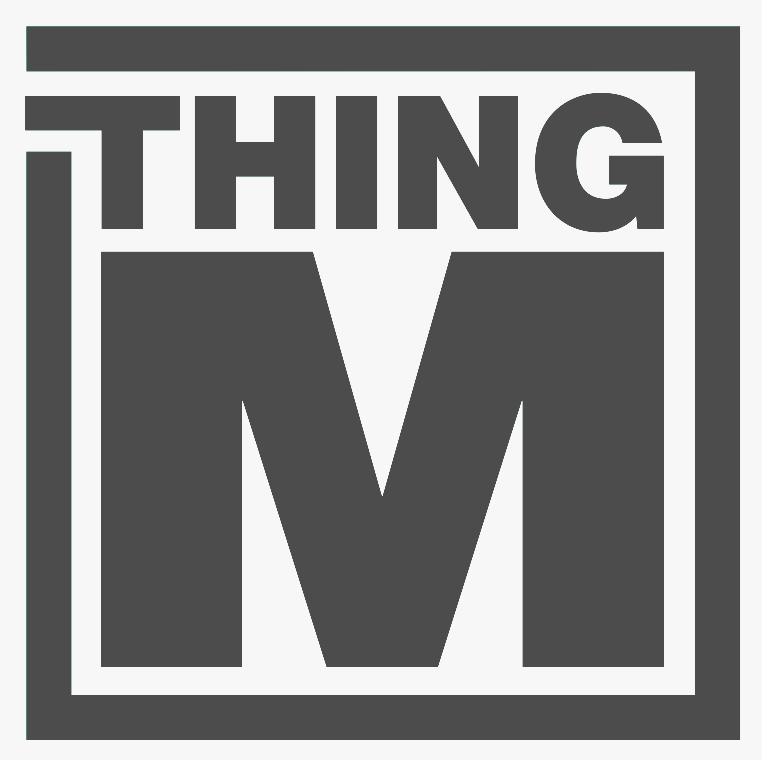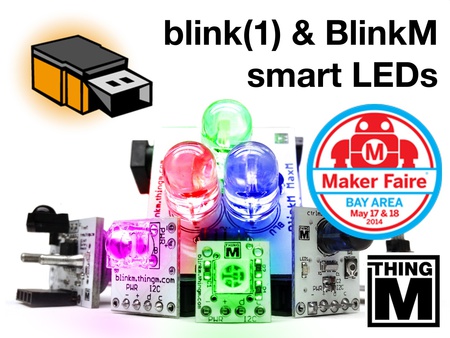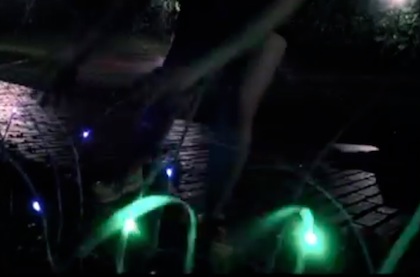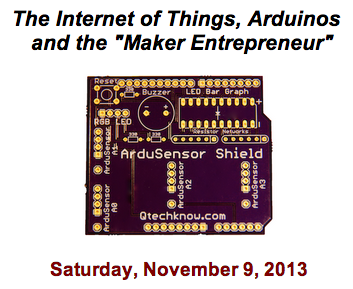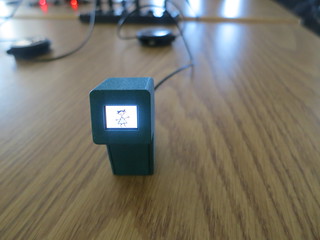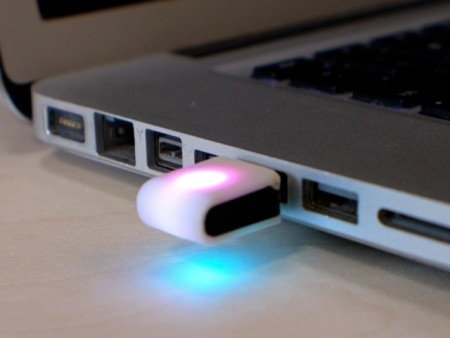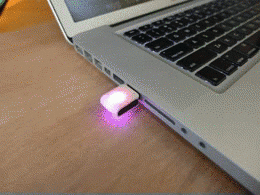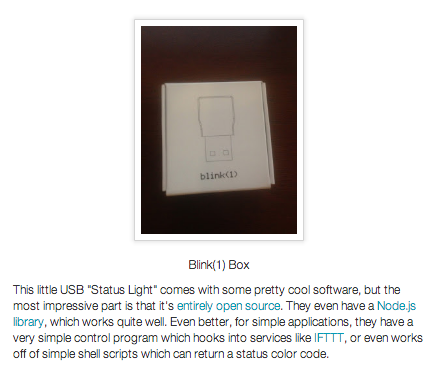We been up to a bunch of stuff since our Kickstarter closed. On all fronts we've been making good progress. In this update there's info about:
- Electronics
- Enclosures
- Software
- API updates
We're also having a bit of delay due to issues in getting the microcontroller chip in quantity from our vendor. We hope to have that sorted out shortly though.
Electronics
In anticipation of things going smoothing, we started the electronics manufacturing for blink(1) mk2 before we got funded, in late July and early August. It was at that point we placed the order for the components and set our electronics fabricator on making circuit boards. It usually takes about a month to go from emailing PCB layout (a view of that is the image below), a bill-of-materials (BOM), and payment to a finished set of electronics to test. (aside: it's kind of amazing that we live in the future were we can just email out designs and get functional gadgets back in quantity) Our electronics manufacturer has finished fabbing the PCBs and has started on the electronics assembly. 
Enclosures
Several weeks ago we hired a firm to start manufacturing of the enclosure pieces. This can take over a month since just building the injection molds (for both the plastic and metal pieces) takes 4 weeks. We were hoping to start that earlier, but the evaluation of different injection molding providers took longer than hoped. We wanted to be sure we found someone who could fabricate the molded anodized aluminum alloy metal frame to our tolerances. One interesting output of the enclosure manufacturing step is turning our 3D CAD models into detail diagrams. These are the ones that look like blueprints and are really great to see how 3D gets systematically flattened to 2D representations: 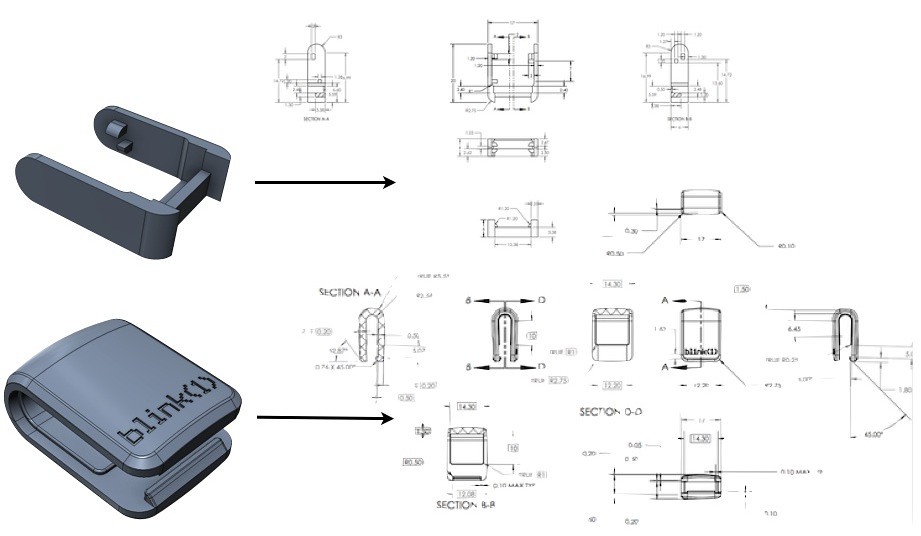
Software
The newly rewritten version of Blink1Control is coming along nicely too. Our programming team has had a functional version working for a week now and is making the functionality have the right artwork and icons. It's looking pretty great. Here's a work-in-progress shot of it. 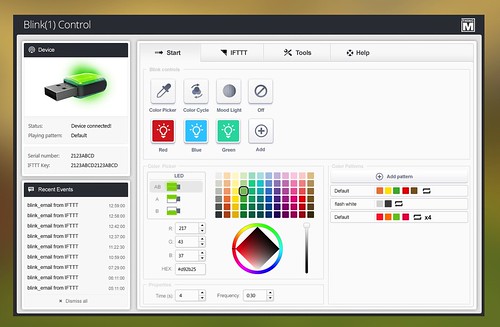
API Updates
If you're a developer or just like to poke around software, we've already updated most all the blink(1) API, libraries and sample code to work with blink(1) mk2. We've initially targeted blink1-tool, C/C++, and Java. You can check that out here. https://github.com/todbot/blink1/ Note that any existing blink(1) software will work with blink(1) mk2 (and vice-versa). The only thing you'll be missing is the ability to control the individual LEDs on the mk2. There's also the start of a new multi-modal ThingM-supported Python library that uses either PyUSB or blink1-lib via ctypes, depending on your needs. You can check it out here: https://github.com/todbot/blink1/tree/master/python
